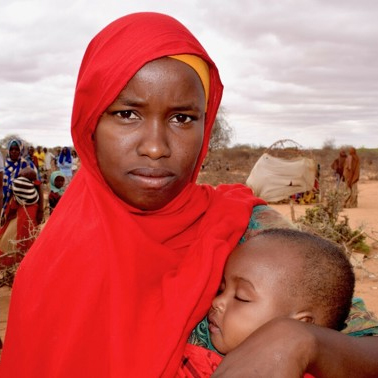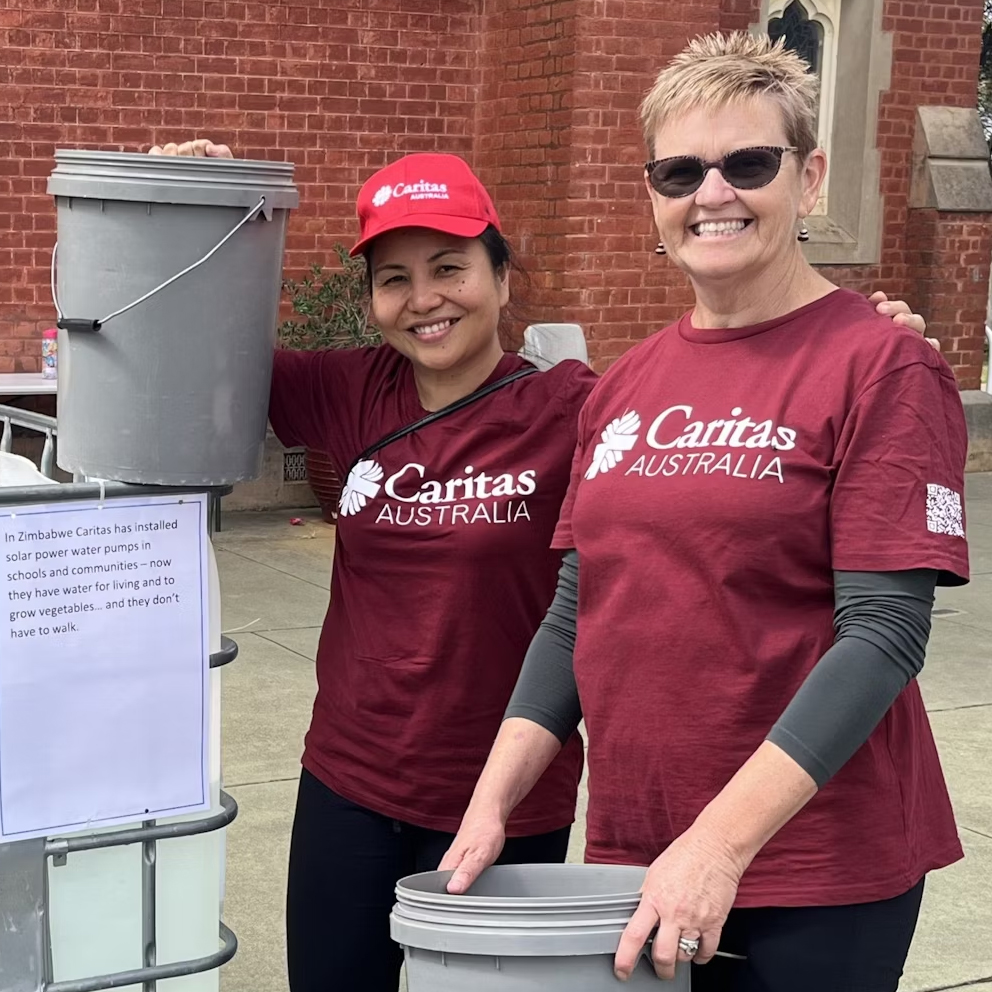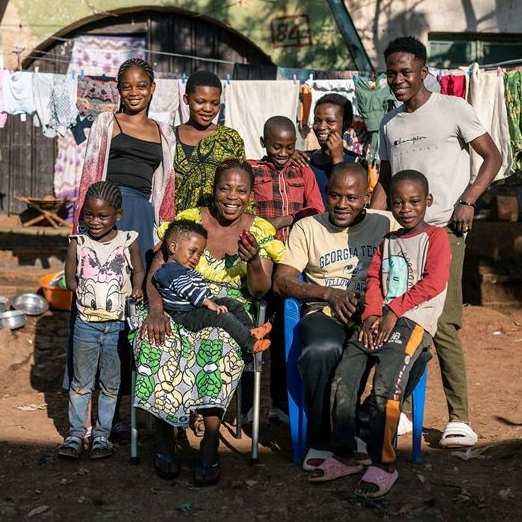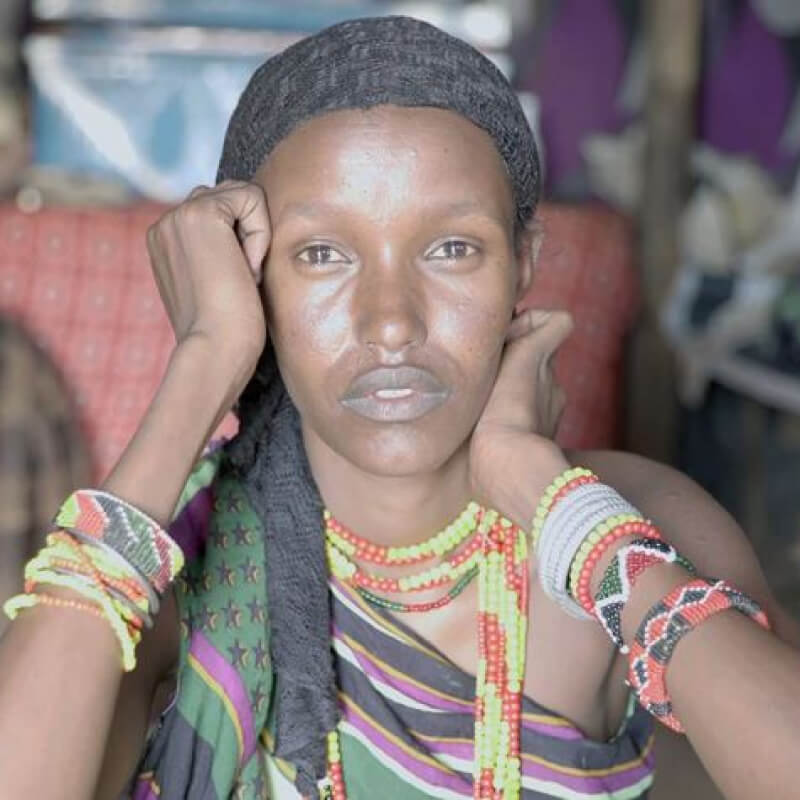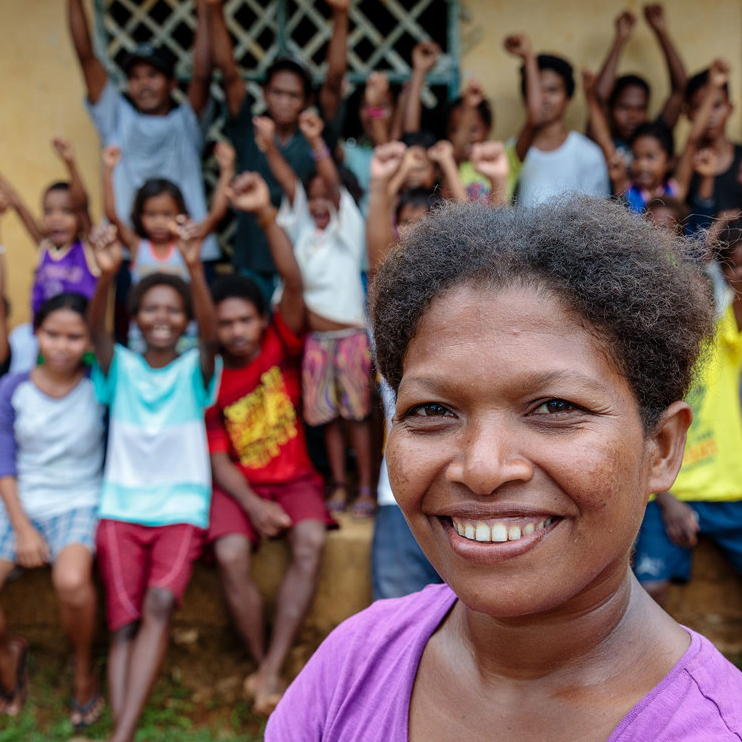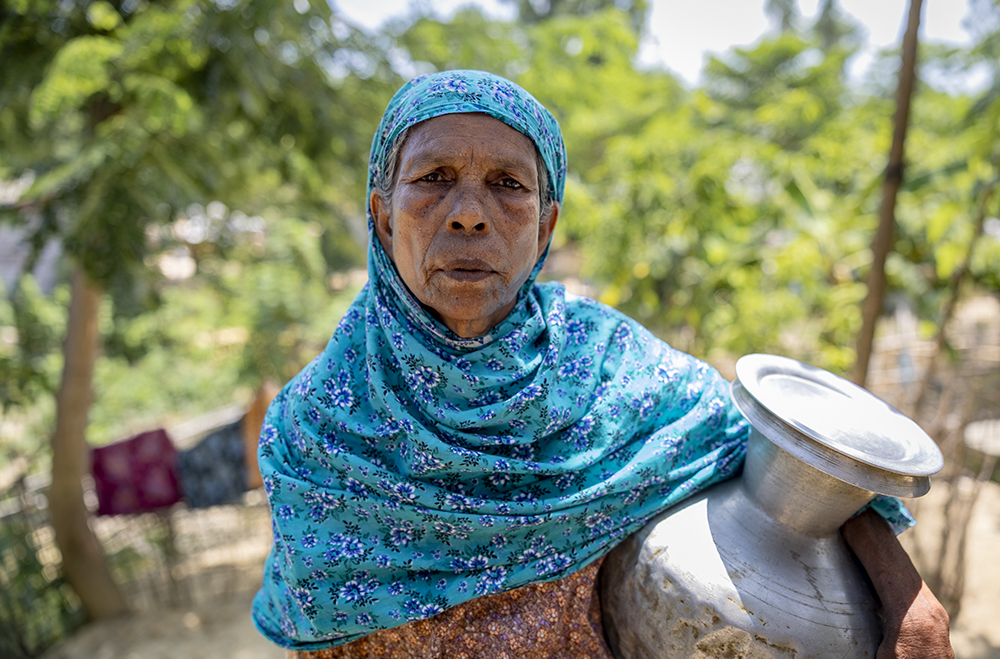Today marks International Day for Disaster Risk Reduction, a time to recognise the importance of preparing for, responding to, and recovering from disasters.
When disaster strikes, Caritas Australia’s local partners are there on the ground
When a crisis hits, we are there. Caritas Australia have partners in communities around the world, which means we can respond quickly to provide lifesaving emergency assistance the moment a disaster strikes. This support includes food, clean water, shelter, hygiene kits and other essential supplies.
In the longer term, we work alongside local communities to rebuild livelihoods, strengthen resilience, and ensure that families are better prepared for future emergencies through Disaster Risk Reduction programs.
The growing impact of emergencies
Over the past two decades, the number and intensity of natural disasters have risen dramatically. The United Nations has reported that extreme weather events and climate emergencies have increased in frequency, intensity and severity.
The effects of climate change hit people living in poverty — who have done the least to contribute to its causes — the hardest.
Our changing climate has been linked to:
-
An increase in the severity and frequency of droughts and famines around the world.
-
Greater water shortages and food insecurity.
-
Poor harvests and people's inability to sustain their livelihoods through agriculture.
For those without strong infrastructure or access to healthcare, natural disasters can have catastrophic consequences.
How poverty and disasters are connected
Many of the world’s most vulnerable live in disaster-prone areas, where the loss of crops, livestock and infrastructure can push families even deeper into poverty.
In low-lying communities, rising sea levels are threatening to submerge entire villages, forcing people to relocate. Destructive cyclones, floods and earthquakes are devastating countries in Asia and the Pacific and prolonged droughts, exacerbated by environmental changes, have led to food shortages in many parts of Africa.
Building resilience for the future through disaster risk reduction
While emergency response saves lives in the short term, long-term Disaster Risk Reduction efforts help ensure that communities are ready for the next crisis.
Disaster Risk Reduction activities include:
- Conducting disaster planning and preparedness training
- Improving local infrastructure
-
Planting drought and salt-resistant crops
-
Establishing seed banks
These efforts help communities prepare for and minimise the impact of disasters before they occur.

Our partners, the Culture and Environment Preservation Association in Cambodia conducting a disaster preparedness simulation as part of the Improving Climate Resilience in Cambodia project. Credit: Culture and Environment Preservation Association
Preparing for disaster through simulation: a recent exercise in Cambodia
Recently, our partner Culture and Environment Preservation Association in Cambodia conducted a disaster preparedness simulation as part of the Improving Climate Resilience in Cambodia project, supported by supporters like you and the Australian Government through the Australian NGO Cooperation Program (ANCP).
The training involved local authorities, including first responders, nurses, firefighters and officials, who worked together to simulate high-risk disaster scenarios such as flooding, fires, evacuation procedures and emergency medical response.
By practising these real-life scenarios, communities are better equipped with the skills, confidence and coordination needed to respond effectively when disaster strikes.

Our partners, the Culture and Environment Preservation Association in Cambodia conducting a disaster preparedness simulation as part of the Improving Climate Resilience in Cambodia project. Credit: Culture and Environment Preservation Association
How you can help
Every donation to Caritas Australia helps local partners provide lifesaving relief when disaster strikes and supports long-term recovery and preparedness programs that protect communities for generations to come.
